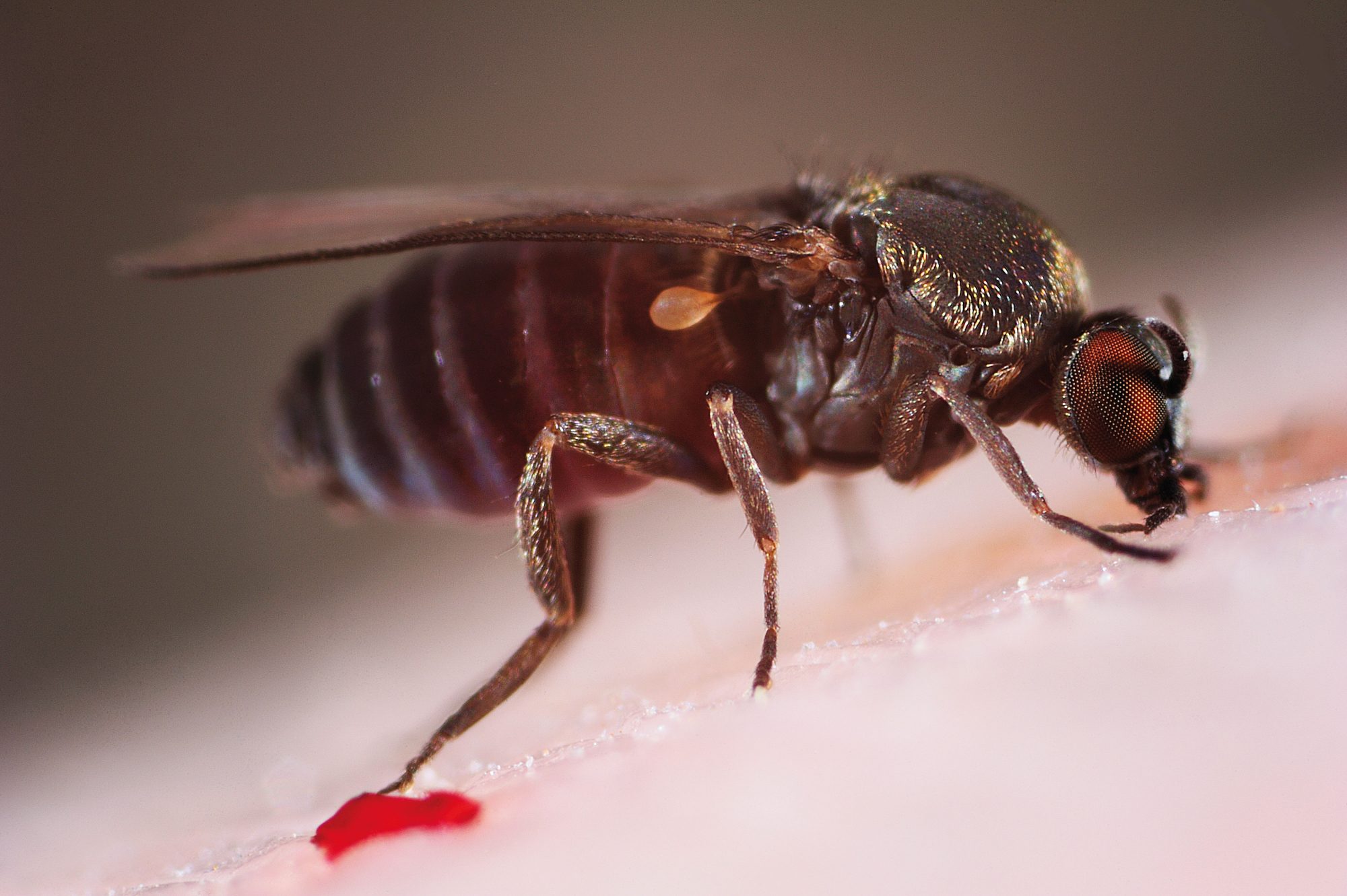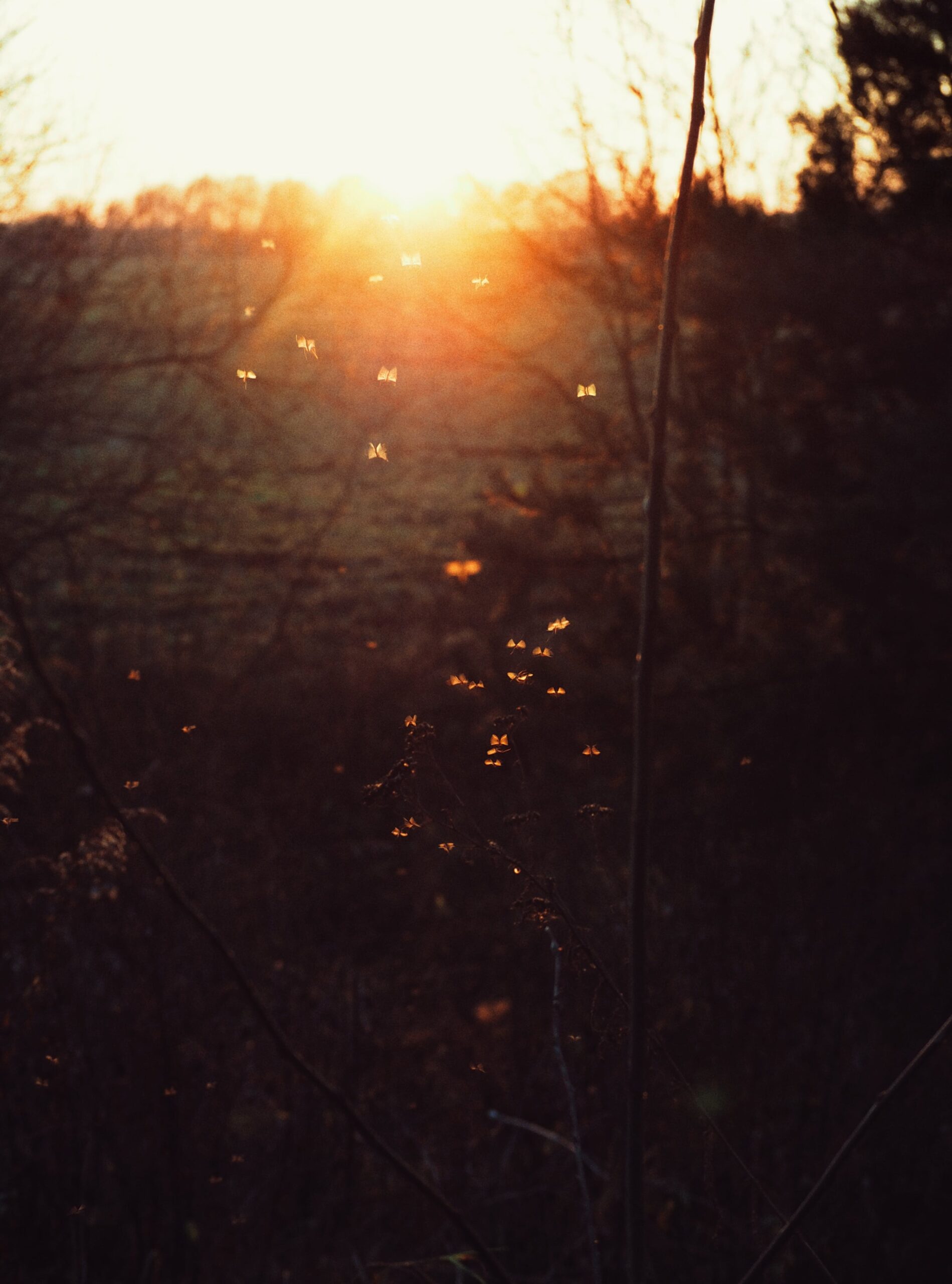Authors Note: I really hate these things. I went to school in Cairns, Queensland and back then they annoyed me, but were more an inconvenience. However the last time I fished Trinity Inlet I was a bit dumb and got bitten on my legs. I spent a couple of days in agony and at one point thought I was going to have to go to the hospital. I guess thats what they mean by developing a “sensitivity”. So take that as a small warning to take these things seriously.
Australian sand flies, also known as sandflies or biting midges, belong to the family Ceratopogonidae. These tiny insects are known for their painful bites and are found in various regions across Australia. Several species of sand flies inhabit different environments, including coastal areas, rainforests, and inland regions. Here are some key characteristics and information about Australian sand flies:
Characteristics of Australian Sand Flies:
- Size:
- Australian sand flies are typically small, with a size ranging from 1 to 3 millimeters. Their diminutive size makes them difficult to notice until they become a nuisance through their bites.
- Coloration:
- Sand flies often have a dark or grayish appearance. Their coloration can vary among species, but they are generally inconspicuous and blend well with their surroundings.
- Biting Habit:
- Female sand flies are hematophagous, meaning they feed on the blood of vertebrates. They are responsible for the itchy and painful bites that can cause discomfort to humans and animals.
- Biology:
- Sand flies undergo a complete metamorphosis, progressing through egg, larva, pupa, and adult stages. The larvae are typically found in damp or marshy areas, such as mud or sand along the edges of water bodies.
Distribution:
- Coastal Regions:
- Sand flies are prevalent in coastal regions of Australia, especially in areas with sandy or muddy substrates. Beaches and mangrove areas can be hotspots for sand fly activity.
- Rainforests:
- In rainforest environments, sand flies may be present, particularly in areas with high humidity and ample organic matter for larval development.
- Inland Areas:
- While coastal regions are common habitats, some species of sand flies can also be found in inland areas, especially around water sources like rivers and lakes.
Health Concerns:
- Bites and Irritation:
- Sand fly bites can cause irritation, redness, and itching. The saliva injected during feeding can lead to allergic reactions in some individuals, resulting in more severe symptoms.
- Disease Transmission:
- In some parts of the world, sand flies are known vectors of diseases such as Leishmaniasis. However, the risk of disease transmission from Australian sand flies is relatively low compared to regions where Leishmaniasis is endemic.
Prevention and Protection:
- Protective Clothing:
- Wearing long sleeves, pants, and closed shoes can help reduce exposure to sand fly bites, especially in areas where they are known to be active.
- Repellents:
- Insect repellents containing ingredients like DEET or picaridin can be effective in preventing sand fly bites. Applying repellent to exposed skin can provide additional protection.
- Avoidance of Peak Activity Times:
- Sand flies are often more active during dawn and dusk. Avoiding outdoor activities during these times can minimize the risk of bites.
- Screens and Nets:
- Using screens on windows and doors, as well as bed nets, can be effective in keeping sand flies out of living spaces.
Conclusion:
While Australian sand flies can be a nuisance due to their bites, they are an integral part of the ecosystem. Understanding their habits, habitats, and implementing preventive measures can help mitigate the impact of sand fly bites, allowing residents and visitors to enjoy Australia’s diverse landscapes with greater comfort.

